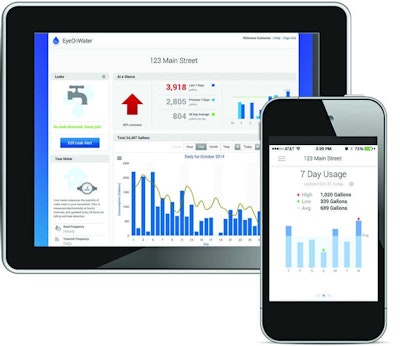
In today’s water and waste- water industry, water metering technology is important. Recent years have brought many advances in metering that can help water utilities more efficiently measure, monitor and analyze their resources.
As utilities apply technology to their...






